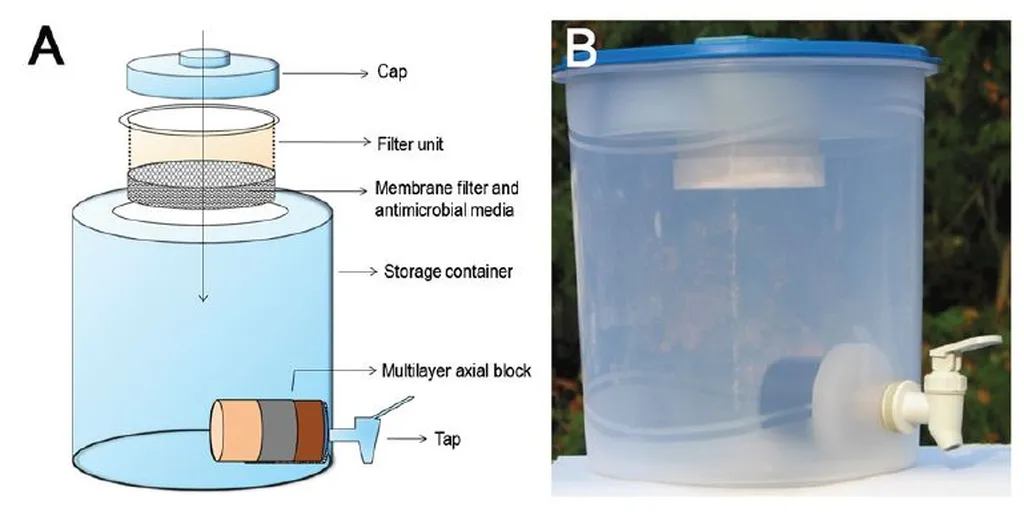In the heart of Mysuru, India, researchers at Amrita Vishwa Vidyapeetham are making waves with a novel material that could revolutionize water treatment and drug detection. Sanjay S. Majani, a lead author from the School of Physical Sciences, and his team have developed Sm3+-doped SrCeO3 nanostructures that show promise in both photocatalytic detoxification and electrochemical sensing.
The team’s work, recently published in *Materials Today Advances* (which translates to “Materials Today: Advances”), focuses on the increasing problem of pharmaceutical pollutants in water sources. “The detection of drugs like paracetamol in water is a growing concern,” Majani explains. “We need efficient and multifunctional materials to tackle this issue.”
The researchers prepared Sm3+-doped SrCeO3 nanostructures using a solution combustion process. They found that the material exhibits a multiphase perovskite structure with crystallite sizes ranging from 52.4 to 76.2 nanometers, depending on the Sm3+ content. The nanostructures also showed direct band gaps near 3.0 eV, making them suitable for various applications.
One of the most exciting findings is the material’s ability to degrade Norfloxacin, a commonly used antibiotic, under UV irradiation. “We achieved a remarkable 96.03% degradation of Norfloxacin,” Majani reveals. “This is a significant step towards developing efficient water treatment methods.”
The team also explored the material’s potential for electrochemical sensing. They discovered that 9 mol% Sm3+-doped SrCeO3 nanostructures exhibit enhanced current responsiveness in the presence of paracetamol, making them promising candidates for drug detection.
The implications of this research are far-reaching. In the energy sector, efficient water treatment methods are crucial for maintaining sustainable and clean energy production. Moreover, accurate drug detection can help monitor and control pharmaceutical pollution, contributing to environmental sustainability.
As we look to the future, the development of multifunctional materials like Sm3+-doped SrCeO3 nanostructures could pave the way for innovative solutions in environmental and sensing applications. Majani’s work is a testament to the power of interdisciplinary research and its potential to drive technological advancements.
In the words of Majani, “This is just the beginning. We are excited to explore further applications and collaborations to bring this technology to the market.” With such promising results, the future of water treatment and drug detection looks brighter than ever.

